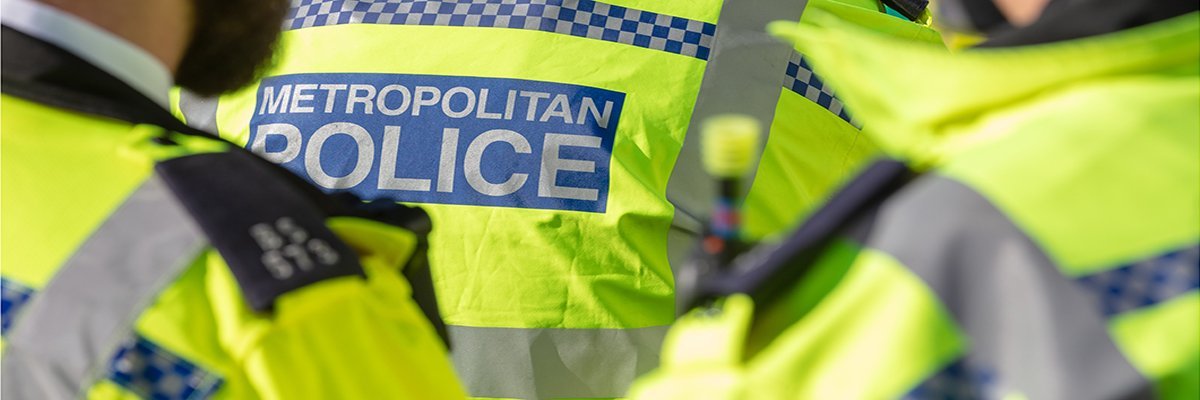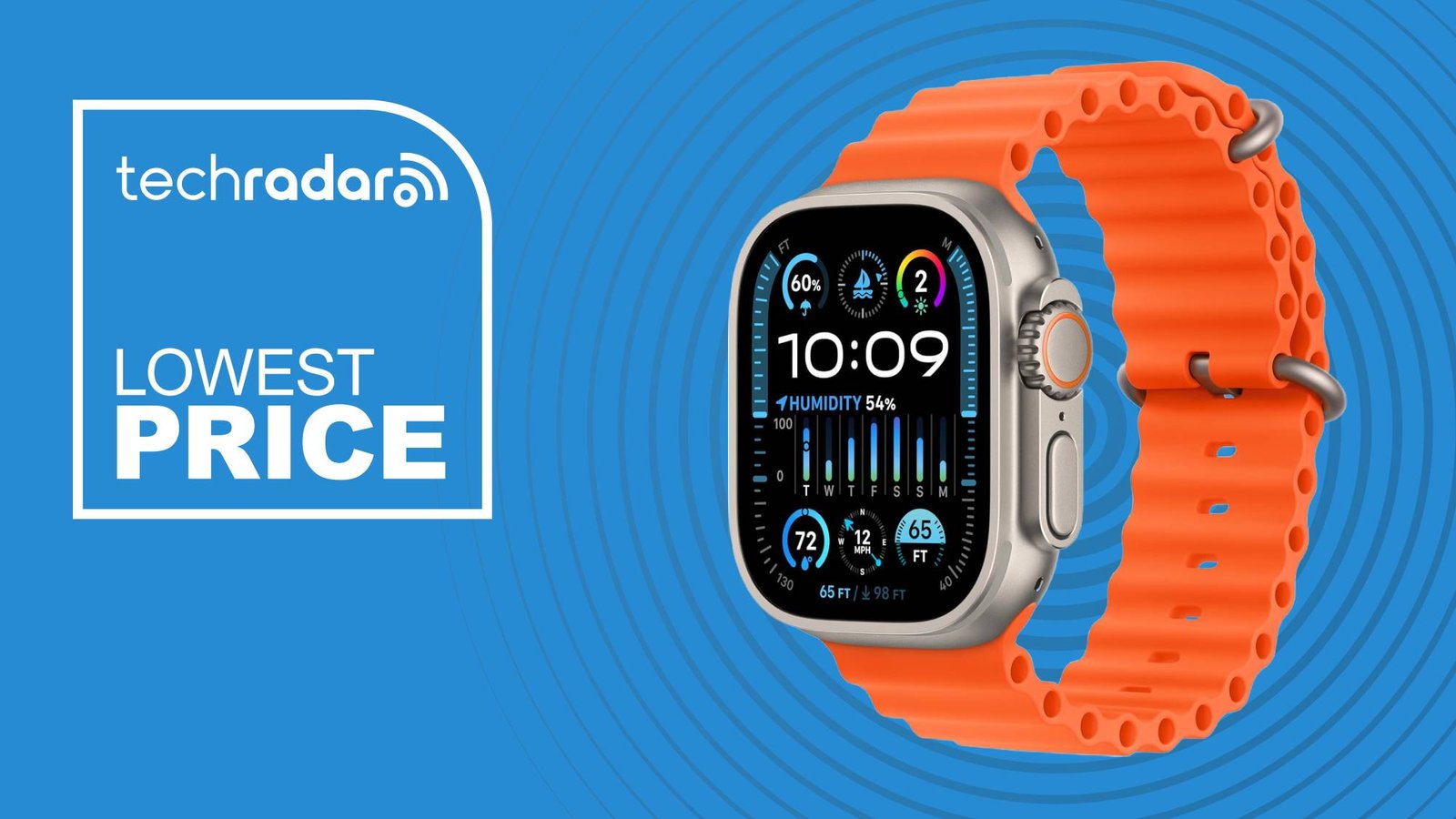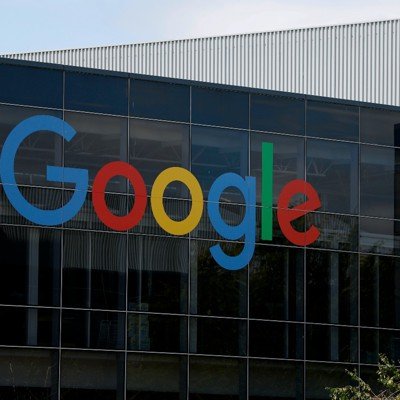The Metropolitan Police’s use of live facial-recognition (LFR) technology is unlawful, according to UK equality watchdog, citing the need for deployments of the technology to be necessary, proportionate and respectful of human rights.
John Kirkpatrick, chief executive of the Equality and Human Rights Commission (EHRC), acknowledged that while the tech could be used help to combat serious crime and keep people safe, the force is currently failing meet key legal standards with its deployments.
“The law is clear: everyone has the right to privacy, to freedom of expression and to freedom of assembly. These rights are vital for any democratic society,” he said.
“As such, there must be clear rules which guarantee that live facial-recognition technology is used only where necessary, proportionate and constrained by appropriate safeguards. We believe that the Metropolitan Police’s current policy falls short of this standard.”
The EHRC added that the Met’s current approach to LFR is incompatible with the European Convention on Human Rights, specifically Articles 8 (right to privacy), 10 (freedom of expression) and 11 (freedom of assembly and association).
It further highlighted how, when used on a large scale, even low error rates can affect a significant number of people by brining unnecessary and unwanted police attention, and warned that its use at protests could have a “chilling effect” on people’s freedom of expression and assembly.
Senior police officers from both the Met and South Wales Police have previously argued that a major benefit of facial-recognition technology is its “deterrence effect.”
The EHRC added that the “high risk” nature of LFR means it should only be used when strictly necessary and subject to safeguards.
The regulators’ comments follow it being granted permission to intervene in an upcoming judicial review of the Met’s LFR use, which was launched by anti-knife crime campaigner Shaun Thompson after he was wrongly identified as a suspect by the Met’s system.
Thompson, who was returning home from a volunteer shift in Croydon with the Street Fathers youth outreach group when he was wrongly stopped in February 2025, previously described the system as “stop and search on steroids,” and said it felt like he was being treated as “guilty until proven innocent”.
The EHRC said that data shows that the number of Black men triggering an “alert” by the technology is higher than would be expected proportionally when compared with the population of London.
According to data gathered by Green Party London Assembly member Zoë Garbett, more than half of the Met’s 180 LFR deployments that took place during 2024 were in areas where the proportion of Black residents is higher than the city’s average, including Lewisham and Haringey.
While Black people comprise 13.5% of London’s total population, the proportion is much higher in the Met’s deployment areas, with Black people making up 36% of the Haringey population, 34% of the Lewisham population, and 40.1% of the Croydon population, where the Met is also planning to deploy permanent LFR cameras.
While the review will not take place until January 2026, the EHRC will now be able to submit evidence on the “intrusive ways” the force has been using the technology in recent years.
Responding to the EHRC’s claims, a Met Police spokesperson said: “The Met is committed to making London safer, using data and technology to locate offenders that pose the greatest risk to our communities. It helped us to take hundreds of dangerous offenders off London’s streets, including those wanted for rape and domestic abuse.
“We continue to engage with our communities to build understanding about how this technology works, providing reassurances that there are rigorous checks and balances in place to protect people’s rights and privacy.
“A judicial review hearing is scheduled for January 2026, and we are fully engaged in this process. We are confident that our use of live facial recognition is lawful and follows the policy which is published online.”
At the start of August 2025, the Met said it will more than double its number of LFR deployments to cover the loss of 1,400 officers and 300 staff, amid a £260m budget shortfall for the coming year.
The Met also said in July this year that since the start of 2024, more than 1,000 arrests have been made using LFR – 773 of which led to the individual being charged or cautioned.
In the same month, home secretary Yvette Cooper confirmed for the first time that the UK government will seek to regulate police facial recognition by creating “a proper, clear governance framework”, citing police reticence to deploy systems without adequate rules in place. However, she declined to say if any new framework will be statutory.
While there have been repeated calls from both Parliament and civil society over many years for the police’s use of the technology to be regulated, the Home Office has consistently maintained that there is already a “comprehensive” framework in place.
Such calls include three separate inquiries by the JHAC into shoplifting, police algorithms and police facial recognition; two of the UK’s former biometrics commissioners, Paul Wiles and Fraser Sampson; an independent legal review by Matthew Ryder QC; the UK’s Equalities and Human Rights Commission; and the House of Commons Science and Technology Committee, which called for a moratorium on LFR as far back as July 2019.
More recently, the Ada Lovelace Institute published a report in May that noted the UK’s patchwork approach to regulating biometric surveillance technologies is “inadequate”, placing fundamental rights at risk and ultimately undermining public trust.




